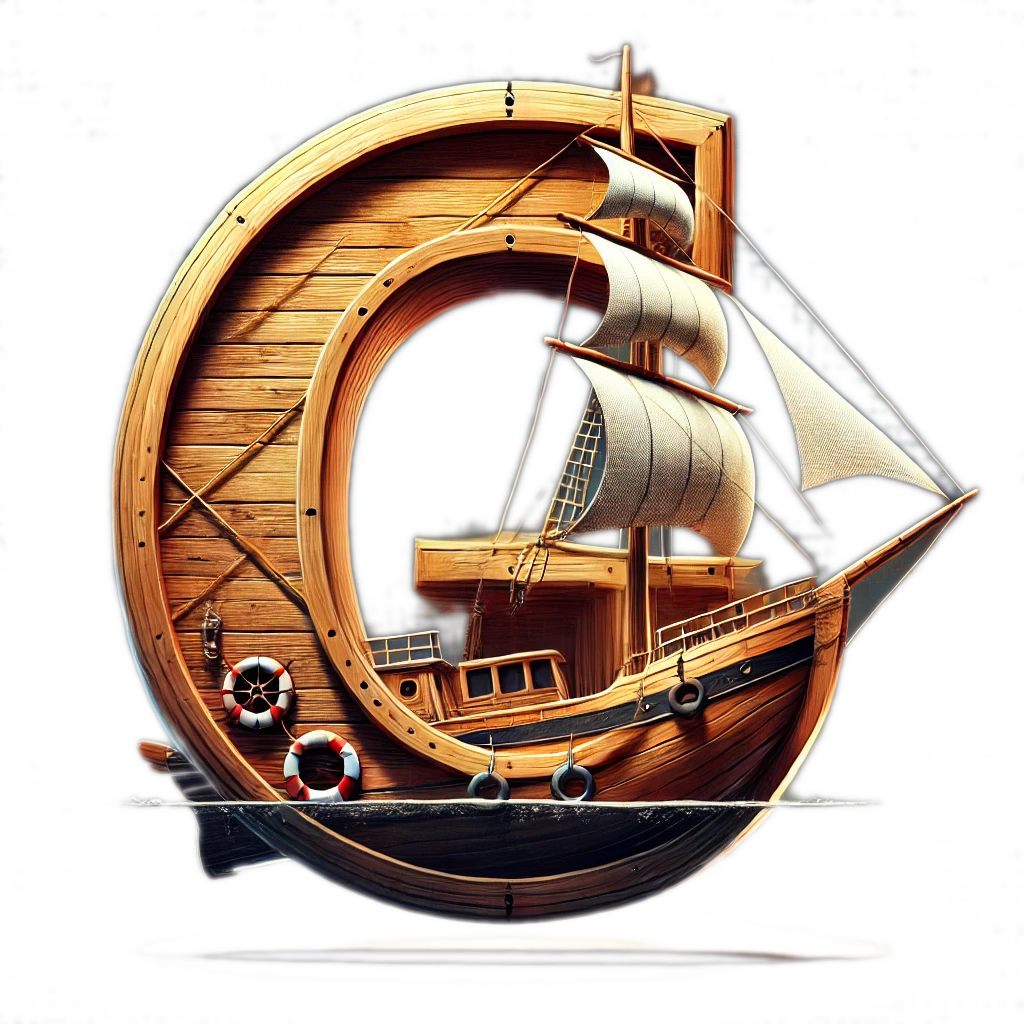Getting started
To get started with goship.it in a new project using Echo router:
- Create a new folder for your project
- Initialize the module by running
go mod init github.com/my/package- replace the package with your own repository!
- Get Go modules:
go get -u github.com/labstack/echo/v4go get -u github.com/a-h/templ
- Install Templ CLI:
go install github.com/a-h/templ/cmd/templ@latest
- Install TailwindCSS and DaisyUI:
npm i -D tailwindcss @tailwindcss/cli @tailwindcss/typography daisyui@latest
Create
input.cssat the root of the project with the following contents:@import "tailwindcss" source(none); @plugin "@tailwindcss/typography"; @source "./internal/views/**/*.templ"; @plugin "daisyui" { themes: light --default, dark --prefersdark; } @plugin "daisyui/theme" { name: "light"; default: true; prefersdark: false; color-scheme: "light"; --color-base-100: oklch(92% 0 0); --color-base-200: oklch(87% 0 0); --color-base-300: oklch(70% 0 0); --color-base-content: oklch(0% 0 0); --color-primary: oklch(55% 0.135 66.442); --color-primary-content: oklch(98% 0.018 155.826); --color-secondary: oklch(53% 0.157 131.589); --color-secondary-content: oklch(98% 0.031 120.757); --color-accent: oklch(64% 0.222 41.116); --color-accent-content: oklch(98% 0.016 73.684); --color-neutral: oklch(43% 0 0); --color-neutral-content: oklch(98% 0 0); --color-info: oklch(52% 0.105 223.128); --color-info-content: oklch(98% 0.019 200.873); --color-success: oklch(50% 0.118 165.612); --color-success-content: oklch(98% 0.018 155.826); --color-warning: oklch(55% 0.195 38.402); --color-warning-content: oklch(98% 0.016 73.684); --color-error: oklch(52% 0.223 3.958); --color-error-content: oklch(97% 0.014 343.198); --radius-selector: 0.5rem; --radius-field: 0.5rem; --radius-box: 0.5rem; --size-selector: 0.28125rem; --size-field: 0.28125rem; --border: 1px; --depth: 1; --noise: 0; } @plugin "daisyui/theme" { name: "dark"; default: false; prefersdark: true; color-scheme: "dark"; --color-base-100: oklch(26% 0 0); --color-base-200: oklch(20% 0 0); --color-base-300: oklch(14% 0 0); --color-base-content: oklch(97% 0 0); --color-primary: oklch(79% 0.184 86.047); --color-primary-content: oklch(28% 0.066 53.813); --color-secondary: oklch(64% 0.2 131.684); --color-secondary-content: oklch(98% 0.031 120.757); --color-accent: oklch(64% 0.222 41.116); --color-accent-content: oklch(98% 0.016 73.684); --color-neutral: oklch(14% 0 0); --color-neutral-content: oklch(98% 0 0); --color-info: oklch(71% 0.143 215.221); --color-info-content: oklch(98% 0.019 200.873); --color-success: oklch(72% 0.219 149.579); --color-success-content: oklch(98% 0.018 155.826); --color-warning: oklch(70% 0.213 47.604); --color-warning-content: oklch(98% 0.016 73.684); --color-error: oklch(65% 0.241 354.308); --color-error-content: oklch(97% 0.014 343.198); --radius-selector: 0.5rem; --radius-field: 0.5rem; --radius-box: 0.5rem; --size-selector: 0.28125rem; --size-field: 0.28125rem; --border: 1px; --depth: 1; --noise: 0; }Create
Makefileat the base of your project with the following contents:tw: @npx @tailwindcss/cli -i input.css -o ./public/static/css/tw.css --watch dev: @templ generate -watch -proxyport=7332 -proxy="http://localhost:8080" -open-browser=false -cmd="go run main.go"Place the following rows in
main.go(remember to update the components package import path to match your project):package main import ( "net/http" "github.com/my/package/internal/views/components" "github.com/a-h/templ" "github.com/labstack/echo/v4" ) func main() { e := echo.New() e.Static("/", "public") e.GET("/", func(c echo.Context) error { accordion := components.AccordionExample() return render(c, accordion) }) e.Start(":8080") } func render(c echo.Context, component templ.Component) error { buf := templ.GetBuffer() defer templ.ReleaseBuffer(buf) if err := component.Render(c.Request().Context(), buf); err != nil { return err } return c.HTML(http.StatusOK, buf.String()) }Create the accordion component
internal/views/components/accordion.templ:package components type AccordionRowProps struct { Label string Type string Name string } templ AccordionRow(props AccordionRowProps) { <div class="collapse collapse-arrow bg-base-300 join-item"> <input if props.Type == "" { type="checkbox" } else { type={ props.Type } } name={ props.Name } /> <div class="collapse-title text-xl font-medium">{ props.Label }</div> <div class="collapse-content bg-base-200"> { children... } </div> </div> } templ AccordionExample() { <!DOCTYPE html> <html lang="en"> <head> <meta charset="UTF-8"/> <meta name="viewport" content="width=device-width, initial-scale=1.0"/> <link rel="stylesheet" type="text/css" href="/static/css/tw.css"/> <title>Document</title> </head> <body class="w-full h-full min-h-svh"> <main> <div> @AccordionRow(AccordionRowProps{Label: "Accordion row 1", Type: "checkbox"}) { <p>This is the first content</p> } @AccordionRow(AccordionRowProps{Label: "Accordion row 2", Type: "checkbox"}) { <p>This is the second content</p> } </div> </main> </body> </html> }
At this point, the filetree of your project should look something like this:
.
├── Makefile
├── go.mod
├── go.sum
├── input.css
├── internal
│ └── views
│ └── components
│ └── accordion.templ
├── main.go
├── node_modules
├── package-lock.json
├── package.json
├── public
│ └── static
│ └── css
│ └── tw.css
└── tailwind.config.js
If you are using VSCode as your IDE, you should also add a .vscode/settings.json with the following contents (or place these settings in some other VSCode configuration file):
{
"[templ]": {
"editor.formatOnSave": true,
"editor.defaultFormatter": "a-h.templ"
},
"tailwindCSS.includeLanguages": {
"templ": "html"
},
"emmet.includeLanguages": {
"templ": "html"
}
}
These will enable TailwindCSS autocompletions and HTML element autocompletions (emmet), as well as automatically formatting .templ files when saving.
Finally, you can run the example application by running make tw and make dev in two separate terminals. The site with the accordion should now be visible at http://localhost:8080.
